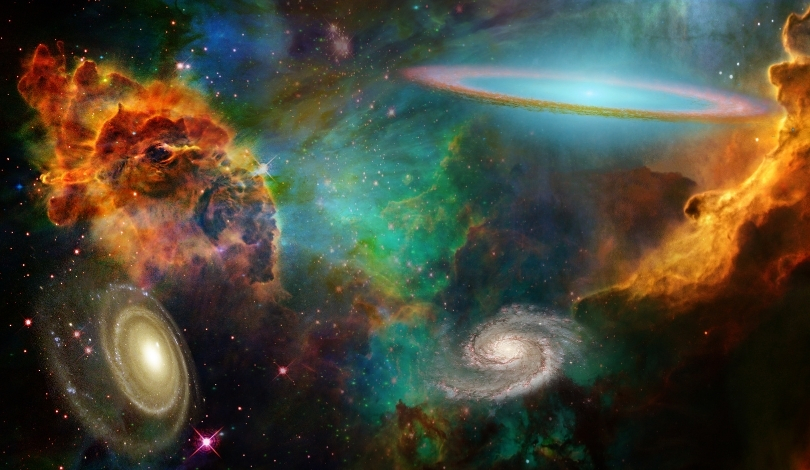The European Southern Observatory has unveiled a detailed infrared image of RCW 38, a stellar nursery located approximately 5,500 light-years away in the Vela constellation. This image provides astronomers with a clearer view of the young stars and gas clouds within the cluster, enhancing our understanding of star formation processes. The high-resolution capture showcases the intricate structures and vibrant colors of the ionized hydrogen within the cloud.
Previous observations of RCW 38 were limited by the presence of cosmic dust, which obscured many of the cluster’s stars when viewed in visible light. The new infrared imaging technology has significantly improved the visibility of these stars, allowing for a more comprehensive study of their formation and distribution within the cluster.
How Did the VISTA Telescope Enhance Image Quality?
The Visible and Infrared Survey Telescope for Astronomy (VISTA) played a crucial role in capturing the RCW 38 image. Equipped with a 4.1-meter highly curved mirror, VISTA’s compact structure and wide field of view enable it to quickly and systematically map large areas of the southern sky. The telescope’s VISTA InfraRed CAMera (VIRCAM) features 16 state-of-the-art infrared-sensitive detectors, which were instrumental in penetrating the dust clouds and revealing the cluster’s hidden stars.
What Insights Does the RCW 38 Image Provide?
The image of RCW 38 offers valuable insights into the dynamics of star formation. It captures young stars encased in dusty cocoons and reveals brown dwarfs, which are often considered “failed” stars due to their insufficient mass to sustain nuclear fusion. With approximately 2,000 stars estimated to reside in the cluster, the data underscores the rapid formation and early life stages of stars compared to the Sun‘s 4.6 billion-year age.
What Are the Future Plans for VISTA’s Capabilities?
Following the retirement of the VIRCAM camera after seventeen years, VISTA will be upgraded with the 4-meter Multi-Object Spectrograph Telescope (4MOST). This next-generation instrument will enhance VISTA’s capabilities by allowing it to obtain spectra of 2,400 objects simultaneously over extensive sky regions. This upgrade will facilitate more detailed and large-scale surveys, contributing further to our understanding of the Milky Way’s structure and the objects within it.
The release of the RCW 38 image marks a significant advancement in infrared astronomy, providing a more detailed look at star-forming regions obscured by dust. The transition to 4MOST will ensure that VISTA continues to be a pivotal tool in astronomical research, enabling the discovery of even more faint and distant celestial objects. These developments not only enhance our knowledge of stellar nurseries but also contribute to the broader study of galaxy formation and evolution.










